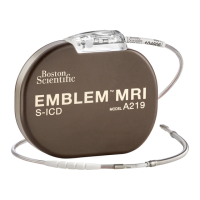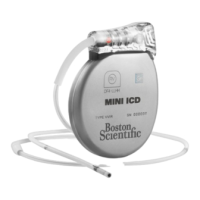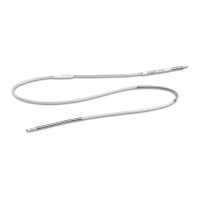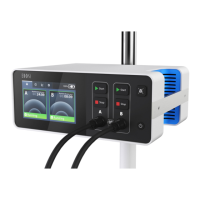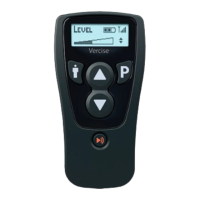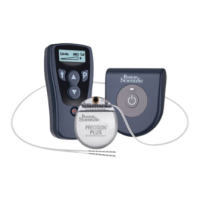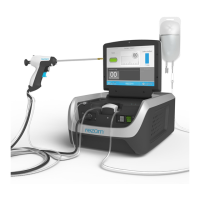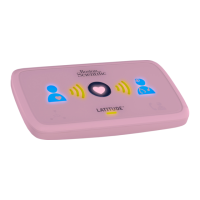Operator’s Manual
3-4
• Regularly inspect and test re-usable cables and accessories.
• EP Technologies relies on the physician to determine, assess and communicate to the
individual patient all foreseeable risks of the cardiac ablation procedure.
Potential Adverse Reactions
The risks involved in RF ablation for the treatment of conditions outlined in the
Indications for Use include those associated with all cardiac catheter ablation procedures.
These potential adverse events may differ in severity from mild to severe. Additionally,
these complications may necessitate additional medical treatment including surgical
intervention. Complications may include the following: death, perforation or tamponade,
stroke, myocardial infarction, spasm of the coronary artery, endocarditis, pericarditis,
pericardial/pleural effusion, pleurisy, hemoptysis, hemorrhage, pulmonary edema,
embolus, vessel thrombus, valve damage, infection, catheter entrapment, skin burns,
pseudoaneurysm, cardiac/respiratory arrest, sinoatrial (SA) node damage, atrioventricular
(AV) node damage, phrenic nerve damage, aspiration, atrial septal defect, ruptured
chordae tendineae, femoral artery thrombus, aortic puncture, vasovagal reaction, allergic
reaction, vascular and heart damage, radiation exposure, hypotension and
hematoma/bruising at the insertion site. In addition, abnormal heart rhythms
(bradycardia, tachycardia, or heart block) requiring drugs, and/or electric shock, and/or
implantation of a permanent pacemaker can occur.
In the presence of anticoagulation there may be an increase risk of bleeding from all
causes.
Chest discomfort, particularly during the radiofrequency power delivery, may necessitate
the added risks associated with sedatives or general anesthesia.

